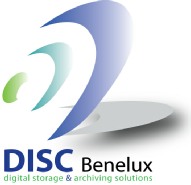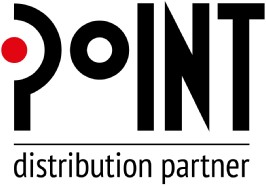

Snel naar >

1.Users need to be able to find and recover files.
2.Compliance officers require discovery tools and audit trails.
3.To store everything only increases the amount of storage space required.
Keep it on spinning disk
The reluctance for companies to archive data is based upon lack of knowledge and the fear of losing valuable information. The mindset of keep it on RAID arrays and backing it up every night is still the example we encounter daily as a business.
As a consequence the size of online data volumes are spiralling out of control and storage management has become an ever-increasing challenge.
Server performance and data access are diminishing
Spiralling energy consumption and predicted power outages over the next 5-10 years
Business legislation and user demands are requiring companies to increase disk space to alleviate the problem
Data management puts high overheads on network and backup windows
DR policies for recovery take longer as all data needs to be restored rather than the most essential
The annual cost of managing this data over it’s lifetime is more than 5x the initial purchase price of the equipment
Traditional ways of storing offline labelled media on a shelf is problematic.
Organisations today require information to be accessible at all times.
Moving to a tiered storage solution
Clearly for the reasons mentioned a better and more efficient way of managing data needs to be found. Tiered Storage manages data types by policy and controlling the movement of this information through different tiers of storage and moving this information to a more suitable storage location. The ideal solution is to use a file system that natively stores the data where it belongs, according to the storage policies. Alternatively use file migration, this leaves a 1–4k stub that knows where the files are located in case of restore.
A tiered archive ensures the data is always available and accessible to users, albeit with a slight delay in restoring the information depending where and how it is stored.
Tiered Data Archiving overcomes many of these issues and enables companies to adopt an archiving strategy that can evolve and develop as business conditions dictate.
By deploying an Tiered Data Archiving strategy any business will soon reap the rewards and wonder why they hadn’t done anything sooner.
Existing Investment in IT
Numerous organisations have a huge on-going investment in purchasing data storage systems and this investment is increasing year on year as the demands to store more information increases. After 3-5 years, this equipment is then replaced.
In addition, a very cumbersome and time-consuming task in all organisations is to migrate data sets for various reasons: obsolete hardware, disk array full, etc. A tiered storage solution easily migrates data from an existing storage to another over time.
With the implementation of an Tiered Storage Solution we can actually extend the life of this investment by moving the data to a secure active archive, thereby freeing up valuable disk space on high performing storage solutions and slowing down the necessary and ongoing investment of more storage space giving a huge ROI benefit. An additional benefit with active archiving is that you may be able to utilise your existing older storage systems to archive data.
Policies
As the need of corporate governance increases, companies need to know, retain and delete information by setting up policies. These policies contain rules which carry out instructions, such as:
Copy Delete
Migrate Move
De-migrate Gather stats
Owner File size
File type Date created
Data modified Last accessed date
Attribute
Disaster Recovery
More organisations are adopting a DR strategy as part of their corporate governance and compliance regulations. A DR strategy can be a cluster of servers, remote data replication to a DR site or having backup tapes to restore. An Active Data Archive can significantly help in a DR environment by reducing the amount of information that is being backed up or replicated to a DR site. This will greatly assist DR restores as the only data on a file server that needs to be restored are the archive pointers which are between 1k and 4k in size.
In addition to the above, aged data can be automatically replicated to your DR site(s).
Tiered Storage 2
